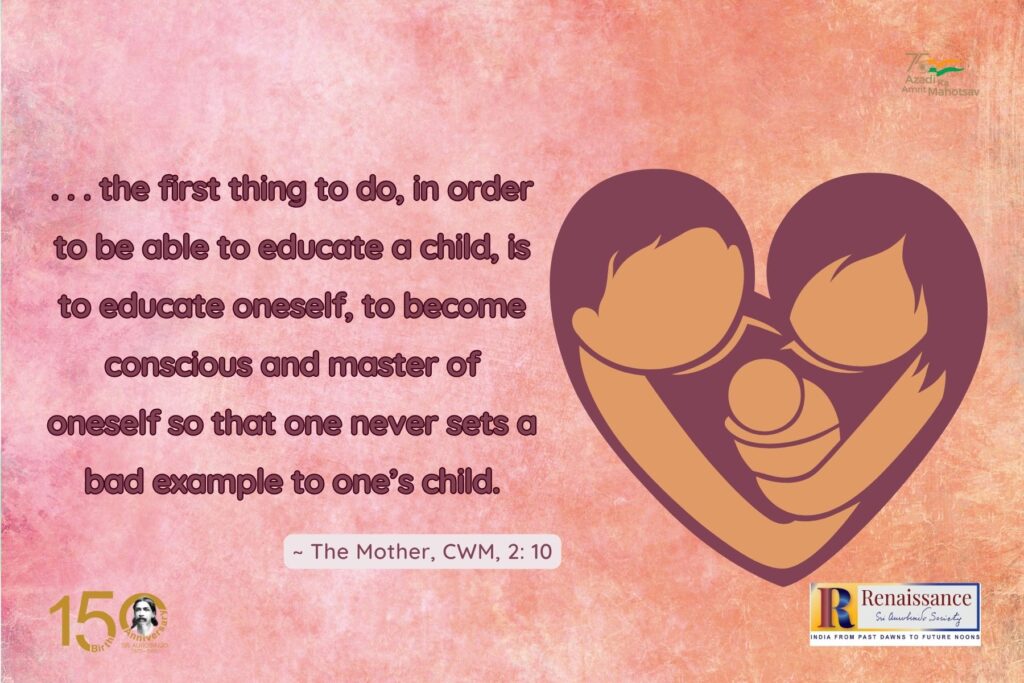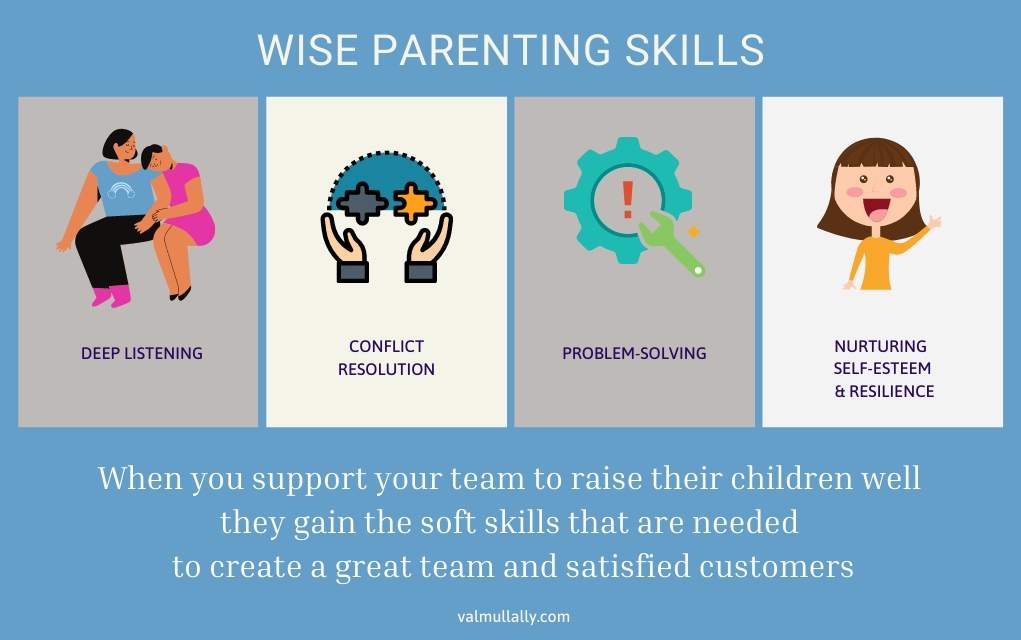
Fostering Growth: Building a Supportive Parenting Environment
Parenting is a dynamic journey, and creating a supportive environment is crucial for a child’s holistic development. Let’s explore the key elements of a supportive parenting environment and how they contribute to a child’s growth.
Open Communication:
Communication is the cornerstone of a supportive parenting environment. Encouraging open and honest communication allows children to express their thoughts, feelings, and concerns freely. This fosters trust and strengthens the parent-child bond. Take time to actively listen, validate their emotions, and engage in meaningful conversations.
Positive Reinforcement:
In a supportive parenting environment, positive reinforcement plays a pivotal role. Acknowledging and praising your child’s achievements, efforts, and positive behaviors builds their self-esteem and motivates them to continue making positive choices. Positive reinforcement fosters a sense of accomplishment and encourages a growth mindset.
Encouraging Independence:
Supportive parenting involves encouraging independence. Providing age-appropriate opportunities for children to make decisions and take on responsibilities builds their confidence and self-reliance. Balancing guidance with independence allows children to develop essential life skills and a sense of autonomy.
Emotional Support:
Emotional support is a fundamental aspect of a supportive parenting environment. Acknowledge and validate your child’s emotions, whether positive or negative. Offering comfort and understanding during challenging times helps children develop emotional resilience and a secure attachment to their parents.
Establishing Consistent Boundaries:
While supporting independence, it’s equally important to establish consistent boundaries. Clear and age-appropriate rules provide a sense of security for children. Consistent boundaries help them understand expectations, consequences, and the importance of responsible behavior, contributing to a harmonious family environment.
Quality Time Together:
Spending quality time with your child is a powerful way to create a supportive atmosphere. Engage in activities that interest them, whether it’s playing games, reading, or pursuing shared hobbies. Quality time strengthens the parent-child connection and fosters a sense of belonging within the family.
Cultivating a Growth Mindset:
A supportive parenting environment nurtures a growth mindset in children. Encourage them to embrace challenges, learn from failures, and persist in the face of obstacles. Fostering a growth mindset promotes resilience, adaptability, and a positive approach to learning and development.
Modeling Positive Behavior:
Parents serve as powerful role models for their children. Modeling positive behavior, such as empathy, kindness, and effective problem-solving, sets a standard for how children interact with others. Children often mirror the behaviors they observe, making parental modeling a crucial component of a supportive environment.
Celebrating Uniqueness:
A supportive parenting environment recognizes and celebrates each child’s uniqueness. Embrace their individual strengths, interests, and personality traits. By appreciating their uniqueness, parents instill a sense of self-worth and confidence in their children, fostering a positive self-image.
Seeking Help and Resources:
Creating a supportive parenting environment is an ongoing process, and it’s okay to seek help and resources. Parenting is a shared experience, and accessing support from parenting groups, workshops, or professional resources can provide valuable insights and guidance.
In the journey of fostering a supportive parenting environment, remember that small, consistent efforts contribute to a nurturing and growth-oriented atmosphere. Explore further insights on creating a supportive parenting environment at Supportive Parenting Environment.



